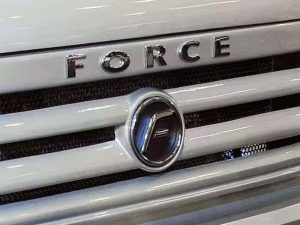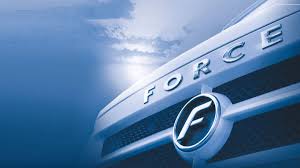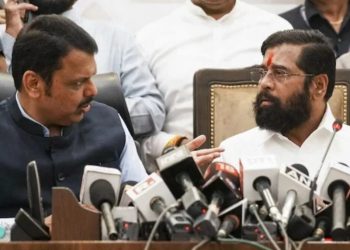Force Motors is preparing to broaden its reach in international markets and strengthen its presence in the defence sector after solidifying its position in India. According to Managing Director Prasan Firodia, the company has sharpened its strategic focus to drive profitable long-term growth. The Pune-based manufacturer, now debt free for two consecutive quarters, has allocated nearly Rs 2,000 crore over three years to modernise its facilities, enhance digital capabilities, upgrade sales infrastructure, and introduce electric models.
Firodia explained that the company continues to prioritise its core business of shared mobility solutions through its established range of light commercial and multi-utility vehicles built on the Traveller and Urbania platforms. These vehicles play a key role in education, healthcare, and tourism sectors. He added that Force Motors is also preparing for faster growth in defence mobility, an area the company sees as highly promising.
The Traveller portfolio holds a market share of more than seventy per cent in its segment, helping the company deliver strong domestic revenue and solid profitability. With this leadership position in India, Force Motors now intends to extend its shared mobility expertise to international markets. The company already supplies vehicles to about twenty countries, mainly in the Gulf region, and is planning to expand into markets across Latin America and Africa.
Firodia noted that the Traveller and Urbania models are being introduced into new regions through a deliberate, step-by-step strategy. Five additional international markets will be added this year. He said the company sees significant long-term potential overseas, comparable to opportunities within India. To meet global standards, the product platforms are being upgraded with modifications required for local regulations and homologation norms.
Although revenue from exports is currently modest, Force Motors expects export volumes to eventually account for twenty to thirty per cent of overall sales. This transition will take time, but the company is committed to building a strong presence abroad.
A substantial part of the approved Rs 2,000 crore investment will focus on digitisation, with about Rs 150 crore specifically set aside for that purpose. Additional funds will support capacity expansion, product upgrades, network development, and workforce training. Firodia said the electric ambulance based on the Traveller platform is ready for the market, and development work on the electric Urbania is progressing. While the adoption of electric vehicles in this segment remains slow, the company intends to be prepared when demand grows.
Regarding passenger vehicles, Firodia clarified that Force Motors does not plan to expand in that segment. Instead, the company aims to strengthen the role of its Gurkha SUV in defence applications and export markets. The Gurkha, known for its off-road capability, already has a specialised military version called the light strike vehicle, which is supplied to Indian defence forces. The company is competing for additional defence contracts and exploring opportunities in international markets. Firodia believes there is considerable room to grow in these areas and sees no strategic advantage in entering India’s highly competitive passenger car market.
Force Motors recently reported its highest second-quarter profit at Rs 350 crore, doubling its performance from the same period last year. Revenue grew eight per cent year on year to Rs 2,106 crore during the July to September quarter. Firodia attributed these results to the company’s sharper strategic focus, discontinuation of non-core products, and restructuring of its market presence. He added that improvements in cost management, particularly material costs, over the past few years have also contributed significantly to profitability.
Force Motors currently operates five manufacturing plants across India and employs more than ten thousand people.




Discussion about this post